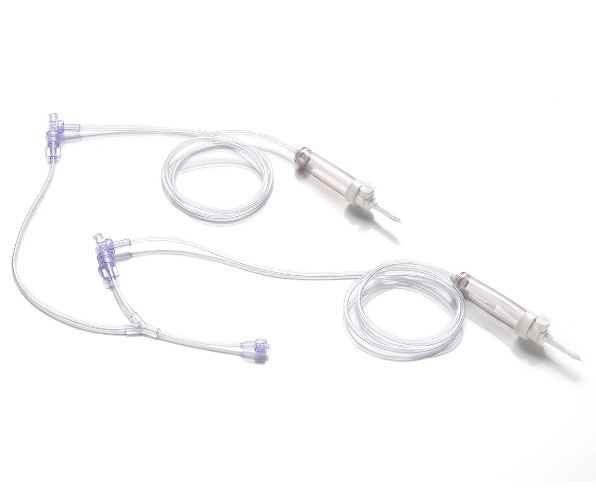We'd Love to Hear From You
Curious about product features, price quote, registration, delivery time, etc? We're ready to answer any and all questions within one business day.
The most common method for making blood vessels visible is angiography. Magnetic resonance imaging (MRI) processes and X-ray analysis are simple ways to accomplish this.
This procedure aids in the diagnosis of a wide range of blood vessel disorders and diseases.
To provide the best tubing services possible, numerous tubing products have been developed, ranging from interventional tubing to coiled tubing.
This article will shed more light on the angiography connecting tubing and everything in between. So, if you need tubing technology, make sure to get angiography connecting tubing.
A contrast agent is injected into the patient's blood vessels during the angiography procedure.
This contrast agent aids in the diagnosis of even minor abnormalities in the blood system. The tubes allow this fluid or agent to enter the blood vessels. The high-pressure system should be installed in these tubes.
The interventional tubing ought to maintain significant injection reliability during this diagnostic process.
This consistent injection of the fluid or agent and the use of high-pressure tubing is critical in the successful diagnosis of various abnormalities and disorders of the blood vascular system.

The braided high-pressure tube is extremely important and necessary for the angiography process.
During the process, these braided high-pressure tubing exhibits significant flexibility and pressure resistance. As a result, this high-pressure tubing is the superior and preferred option in this process.
The angiography process can also make use of high-tech manufacturing processes for augmented equipment.
Polyester monofilament plays an important role in the extremely advanced tubing process. This monofilament is used in interventional tubing for advanced features.
The basic and important need in the medical field is co-extruded high-pressure tubing. This type of technology is extremely important when cost-effective tubing is required.
In most cases, it is used as an alternative to braided high-pressure tubing. When compared to other tubings, this one has the best features.
The co-extruded high-pressure tube offers excellent transparency during the angiography process.
In the case of this co-extruded high-pressure tubing, the use of detectors and sensors in the interventional tubing finds the ideal conditions.
As a result, this type of tubing is more commonly used in the medical profession.
Coiled tubing is a more advanced type of tubing that has a high-frequency induction and thus does not require filler material.
The steel stock is a critical and basic requirement of a coiled tube production process. Typically, steel stock is available in the form of coiling around a master coil.
The width of each steel stock varies depending on the circumstances, ranging from 40-48 inches. The steel stock length, on the other hand, is variable and is determined by the thickness of the wall.
The slit of the continuous strip is present and has a specific width for measuring the interventional tubing diameter.
The steel's continuous length is derived from a flat skelp present in the area. However, to convert the skelp into fine tubing, it must pass through mechanical dies.
It transforms the steel stock into fine tubing. The edges of the tubes are very close to each other even in front of the forming rollers during this process.
We can assist you if you ever need to acquire angiography connecting tubing. Please click here to see our products.